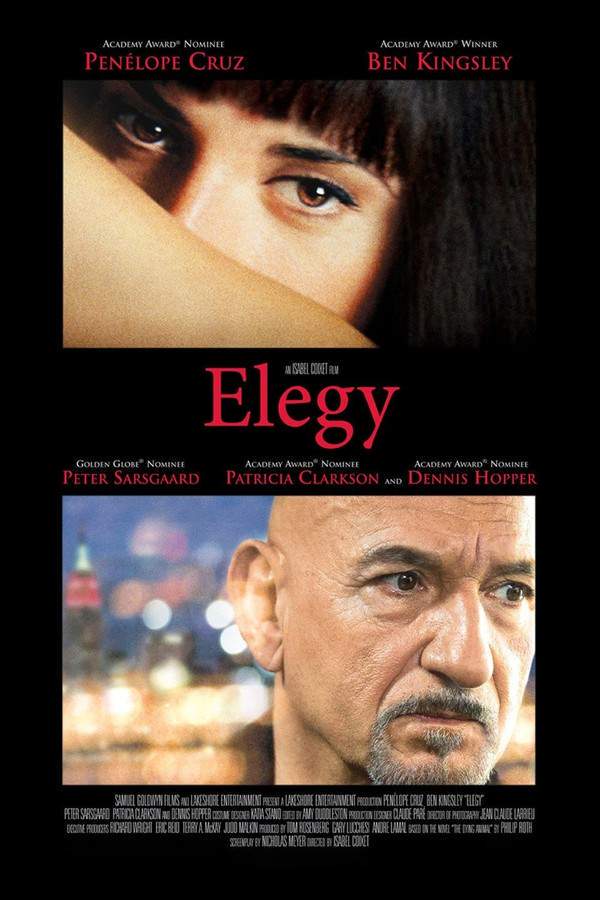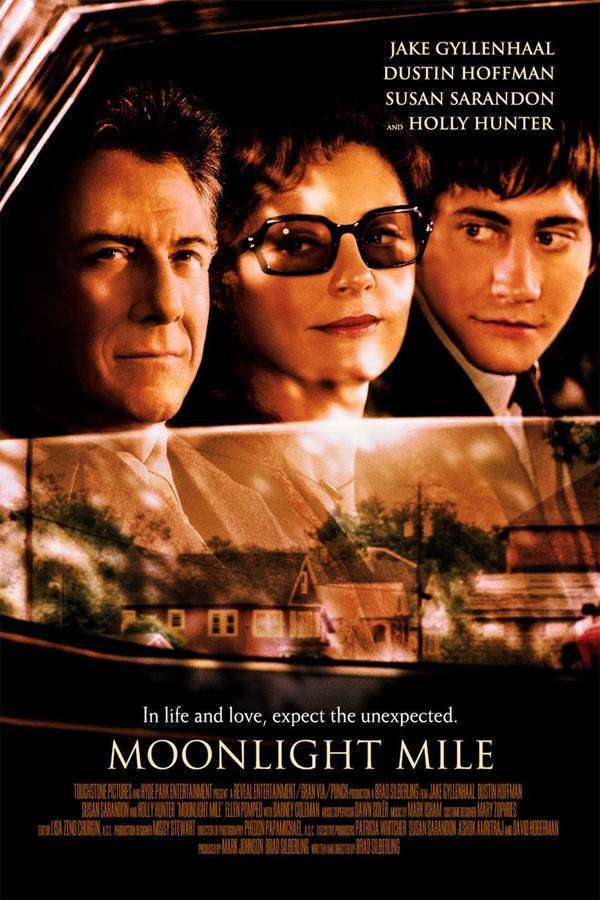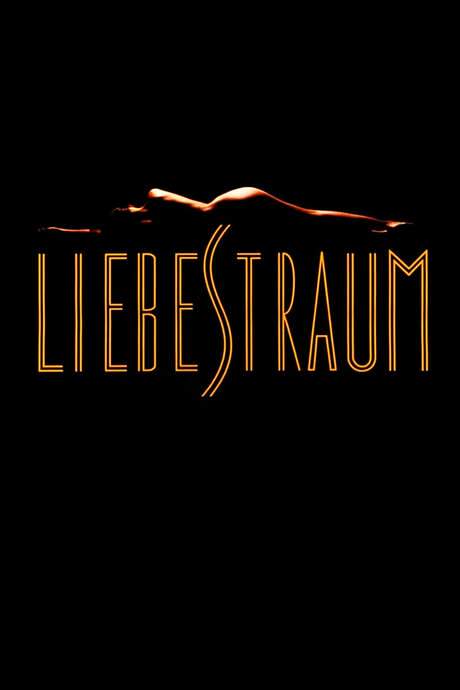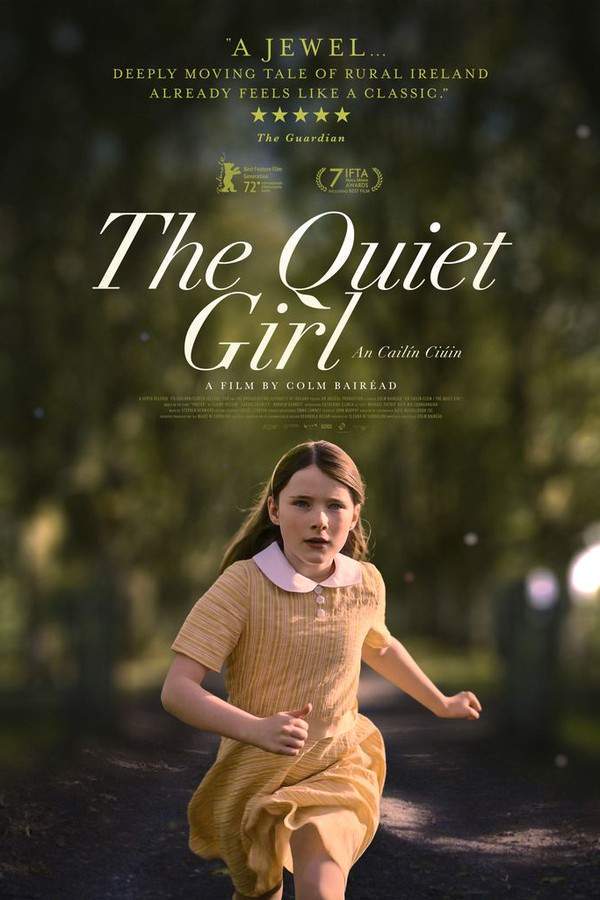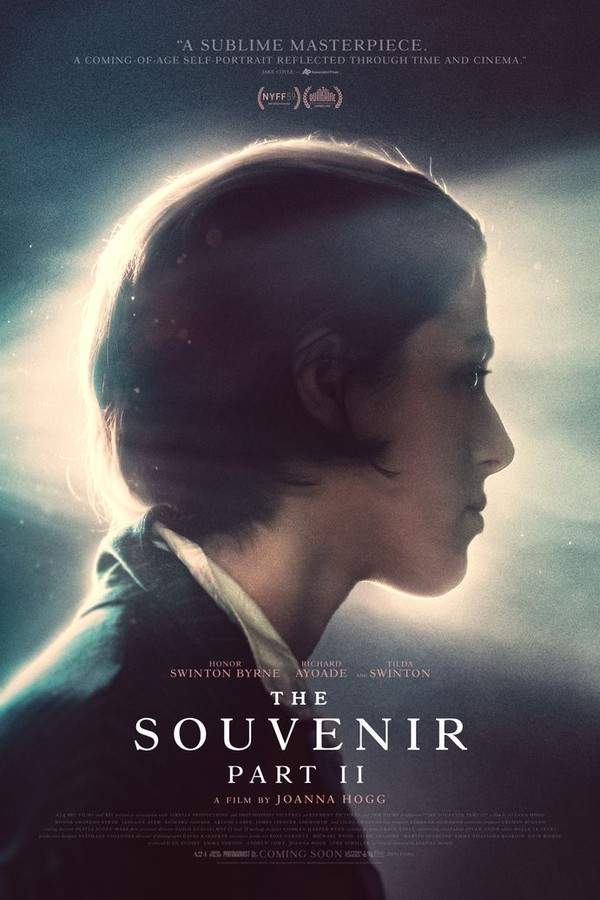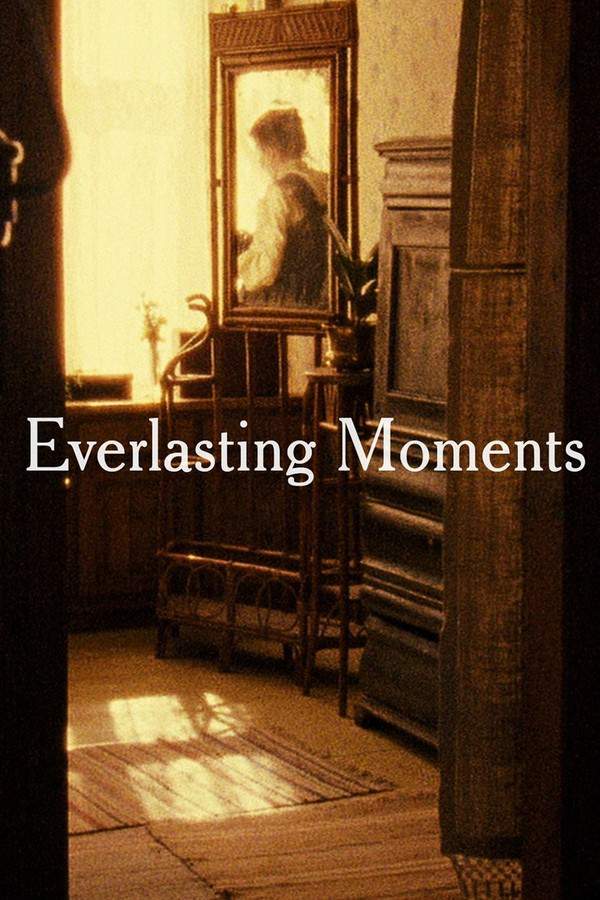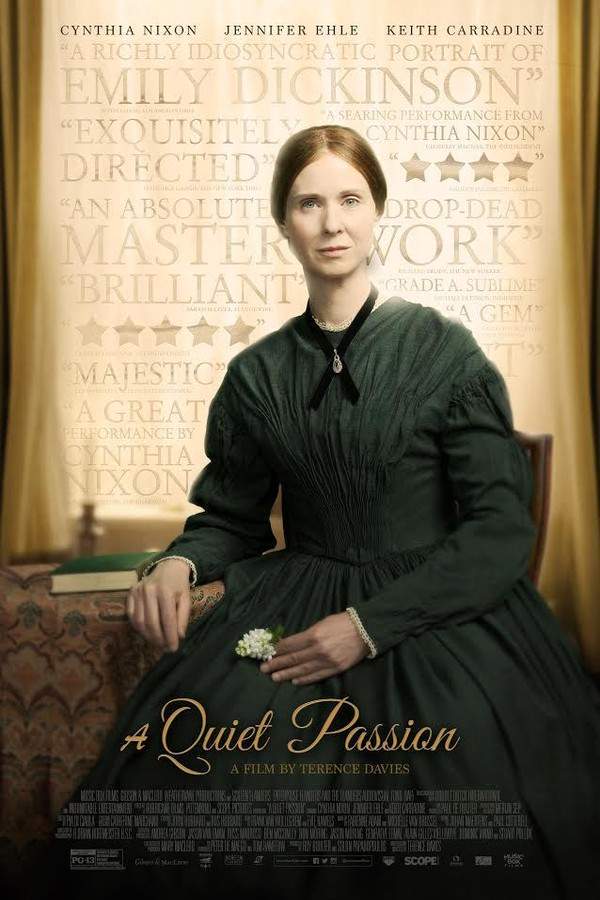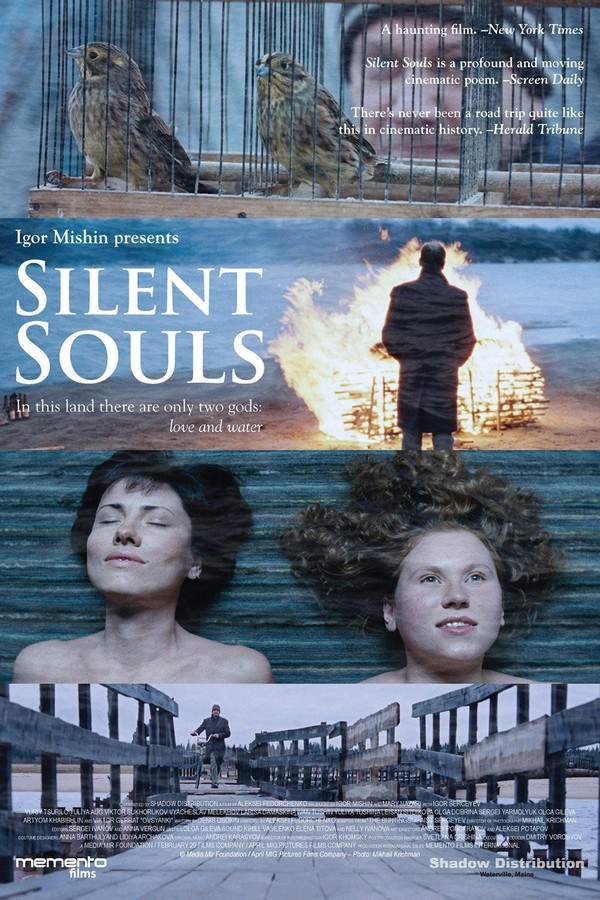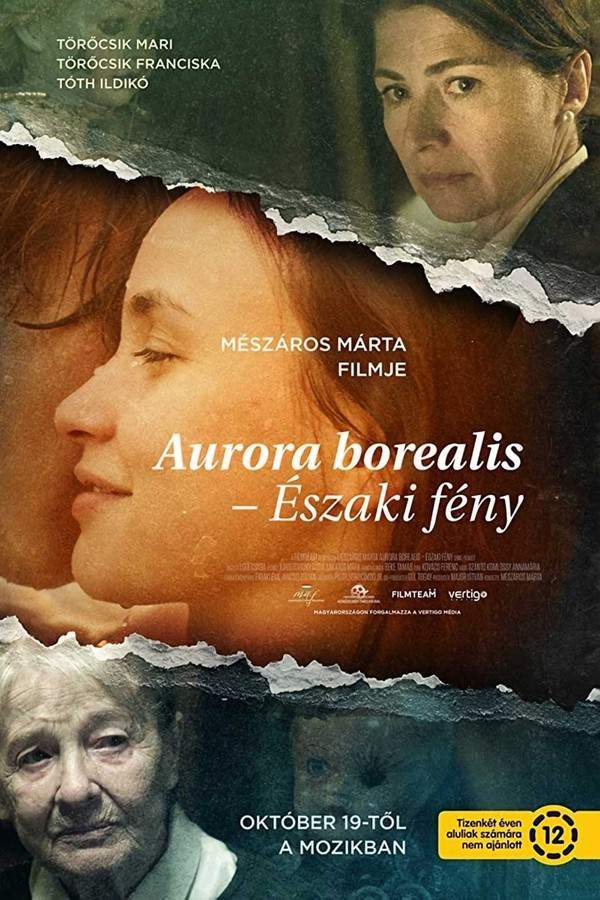
The History of Sound
Lionel and David, two music students at the Boston Conservatory in 1917, discover a deep connection through their passion for folk music. Years later, they reunite and set off on a journey to Maine, exploring remote areas to record and preserve traditional songs. Their shared adventure reveals the rich musical heritage of the region and strengthens their bond as they navigate the challenges of their quest.
Warning: spoilers below!
Haven’t seen The History of Sound yet? This summary contains major spoilers. Bookmark the page, watch the movie, and come back for the full breakdown. If you're ready, scroll on and relive the story!
The History of Sound (2025) – Full Plot Summary & Ending Explained
Read the complete plot breakdown of The History of Sound (2025), including all key story events, major twists, and the ending explained in detail. Discover what really happened—and what it all means.
In 1917, New England Conservatory music student Lionel Worthing Paul Mescal meets fellow student David White Josh O’Connor at a pub, and the two instantly connect over a shared love of folk music before retreating to David’s apartment for a night that hints at something deeper. As their bond deepens, the United States enters World War I, sending David to the front while Lionel returns to his home state of Kentucky as the conservatory closes. He sets his musical ambitions aside and helps on the family farm after his father dies suddenly, carrying with him a quiet ache and a sense that life has nudged him onto a different path.
In 1919, Lionel receives word from David about his return from the war, a job at a Maine college, and a department-funded journey across the state to collect folk songs on wax cylinders. David invites Lionel to join and assist, and the two reunite on the road, crisscrossing the landscape to capture voices from a diverse array of people. The work rekindles their relationship as they share discoveries, swap stories, and build a memory archive of tunes that feels as vital as the bond between them.
The voyage eventually leads to a parting landscape: David must return to his duties, and Lionel contemplates a future in Europe. They rely on letters to stay connected, but over time the correspondence fades and the distance between them grows, leaving Lionel with a longing that won’t easily be quieted.
By 1923, Lionel, now in Italy, tells his lover Luca that he has taken a post as conductor at the University of Oxford, a move that ends their relationship on terms colored by distance and unresolved emotion. A year later, Lionel serves as conductor for the Oxford choir and becomes entangled with Clarissa Roux [Emma Canning], a socialite who invites him to meet her family at a country manor. The encounter dredges up memories of David, and Lionel feels pulled back toward the life they shared. The liaison with Clarissa ends when Lionel must return to the United States to comfort his mother.
After tending to family matters in Kentucky, Lionel travels to Maine to search for David, only to learn from a colleague that David died sometime after their trip and that the department never commissioned their work, leaving the wax cylinders unknown. The colleague directs Lionel to David’s widow, Belle [Hadley Robinson], who reveals she knows who Lionel is, explains how she and David became involved, and shares that David’s death was a suicide. Belle returns Lionel’s letters and says she will send the cylinders if they can be found. Lionel mourns by revisiting David’s favorite places from their youth and by playing the songs that first drew them to each other, letting the memory of their music carry him through grief.
In 1980, Lionel—now an ethnomusicologist—is promoting his latest book when a package arrives containing the wax cylinders, including one made on the day of David’s death. On the recording, David says he has felt completely lost since fighting in the war and softly sings “Silver Dagger,” the haunting folk song that had drawn him to Lionel in the first place, a final note that ties their story from youth to old age.
Last Updated: October 01, 2025 at 13:06
Explore Movie Threads
Discover curated groups of movies connected by mood, themes, and story style. Browse collections built around emotion, atmosphere, and narrative focus to easily find films that match what you feel like watching right now.
Epic Melancholy Love Stories like The History of Sound
Lifelong connections defined by separation, memory, and quiet yearning.Discover movies similar to The History of Sound that feature sweeping, decades-spanning romances grounded in melancholic yearning. If you liked the themes of lifelong connection, separation, and bittersweet memory, you'll find more emotional stories about love that endures time and loss.
Narrative Summary
These narratives often use a nonlinear structure to revisit key moments in a relationship, juxtaposing past happiness with present loneliness or grief. The central conflict is not external drama but the internal, emotional toll of time, distance, and circumstances that prevent a traditional 'happy ever after,' leading to a poignant and reflective conclusion.
Why These Movies?
They are grouped by their shared focus on love as a lifelong, defining force that is inextricably linked with melancholy. The slow pacing, heavy emotional weight, and bittersweet endings create a coherent viewing experience for those seeking deeply emotional, character-driven romances.
Movies about Preserving Artistic Legacy like The History of Sound
Character-driven stories about the passion to save a fading culture.If you enjoyed the quest to record folk songs in The History of Sound, explore these movies about characters dedicated to saving a dying art. Find similar stories where a passion for music, art, or tradition drives a personal and emotional journey against a historical backdrop.
Narrative Summary
The plot follows characters who, driven by a pure artistic or academic passion, embark on a physical and emotional journey to capture something ephemeral before it vanishes. This quest often serves as the backdrop for deepening relationships and exploring themes of memory, legacy, and the personal cost of dedication to a cause larger than oneself.
Why These Movies?
These films share a specific narrative pattern: a slow-burn, character-focused quest centered on cultural preservation. They combine a meditative pace with a heartfelt, sometimes somber mood, appealing to viewers who appreciate stories about art, history, and meaningful human connection.
Unlock the Full Story of The History of Sound
Don't stop at just watching — explore The History of Sound in full detail. From the complete plot summary and scene-by-scene timeline to character breakdowns, thematic analysis, and a deep dive into the ending — every page helps you truly understand what The History of Sound is all about. Plus, discover what's next after the movie.
The History of Sound Timeline
Track the full timeline of The History of Sound with every major event arranged chronologically. Perfect for decoding non-linear storytelling, flashbacks, or parallel narratives with a clear scene-by-scene breakdown.

Characters, Settings & Themes in The History of Sound
Discover the characters, locations, and core themes that shape The History of Sound. Get insights into symbolic elements, setting significance, and deeper narrative meaning — ideal for thematic analysis and movie breakdowns.

The History of Sound Spoiler-Free Summary
Get a quick, spoiler-free overview of The History of Sound that covers the main plot points and key details without revealing any major twists or spoilers. Perfect for those who want to know what to expect before diving in.

More About The History of Sound
Visit What's After the Movie to explore more about The History of Sound: box office results, cast and crew info, production details, post-credit scenes, and external links — all in one place for movie fans and researchers.




